HSBC 2010 Annual Report Download - page 68
Download and view the complete annual report
Please find page 68 of the 2010 HSBC annual report below. You can navigate through the pages in the report by either clicking on the pages listed below, or by using the keyword search tool below to find specific information within the annual report.-
 1
1 -
 2
2 -
 3
3 -
 4
4 -
 5
5 -
 6
6 -
 7
7 -
 8
8 -
 9
9 -
 10
10 -
 11
11 -
 12
12 -
 13
13 -
 14
14 -
 15
15 -
 16
16 -
 17
17 -
 18
18 -
 19
19 -
 20
20 -
 21
21 -
 22
22 -
 23
23 -
 24
24 -
 25
25 -
 26
26 -
 27
27 -
 28
28 -
 29
29 -
 30
30 -
 31
31 -
 32
32 -
 33
33 -
 34
34 -
 35
35 -
 36
36 -
 37
37 -
 38
38 -
 39
39 -
 40
40 -
 41
41 -
 42
42 -
 43
43 -
 44
44 -
 45
45 -
 46
46 -
 47
47 -
 48
48 -
 49
49 -
 50
50 -
 51
51 -
 52
52 -
 53
53 -
 54
54 -
 55
55 -
 56
56 -
 57
57 -
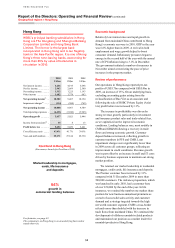 58
58 -
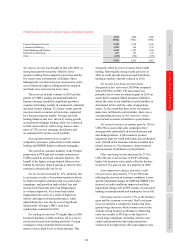 59
59 -
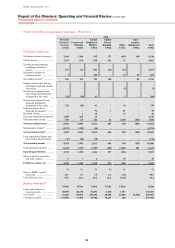 60
60 -
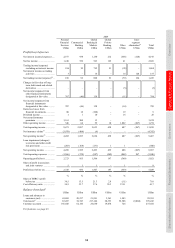 61
61 -
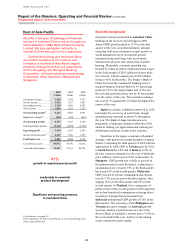 62
62 -
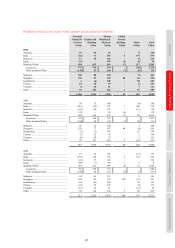 63
63 -
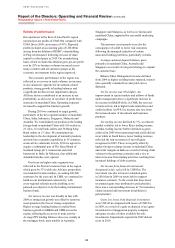 64
64 -
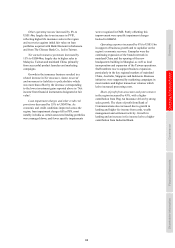 65
65 -
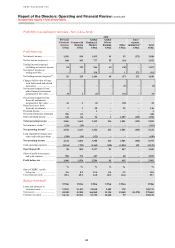 66
66 -
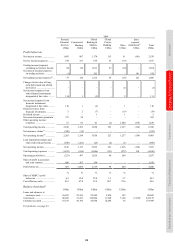 67
67 -
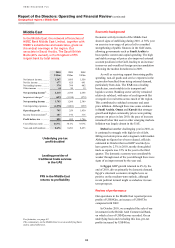 68
68 -
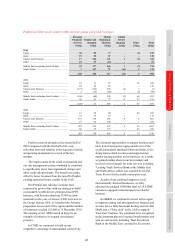 69
69 -
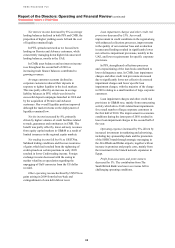 70
70 -
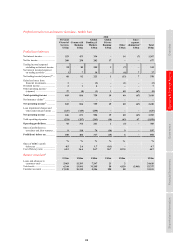 71
71 -
 72
72 -
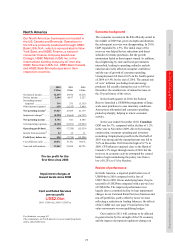 73
73 -
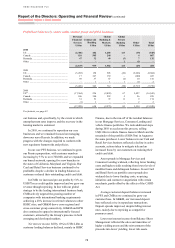 74
74 -
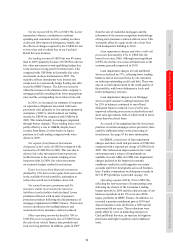 75
75 -
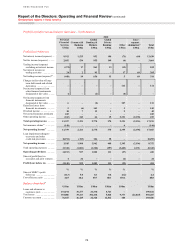 76
76 -
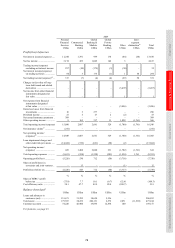 77
77 -
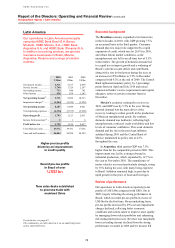 78
78 -
 79
79 -
 80
80 -
 81
81 -
 82
82 -
 83
83 -
 84
84 -
 85
85 -
 86
86 -
 87
87 -
 88
88 -
 89
89 -
 90
90 -
 91
91 -
 92
92 -
 93
93 -
 94
94 -
 95
95 -
 96
96 -
 97
97 -
 98
98 -
 99
99 -
 100
100 -
 101
101 -
 102
102 -
 103
103 -
 104
104 -
 105
105 -
 106
106 -
 107
107 -
 108
108 -
 109
109 -
 110
110 -
 111
111 -
 112
112 -
 113
113 -
 114
114 -
 115
115 -
 116
116 -
 117
117 -
 118
118 -
 119
119 -
 120
120 -
 121
121 -
 122
122 -
 123
123 -
 124
124 -
 125
125 -
 126
126 -
 127
127 -
 128
128 -
 129
129 -
 130
130 -
 131
131 -
 132
132 -
 133
133 -
 134
134 -
 135
135 -
 136
136 -
 137
137 -
 138
138 -
 139
139 -
 140
140 -
 141
141 -
 142
142 -
 143
143 -
 144
144 -
 145
145 -
 146
146 -
 147
147 -
 148
148 -
 149
149 -
 150
150 -
 151
151 -
 152
152 -
 153
153 -
 154
154 -
 155
155 -
 156
156 -
 157
157 -
 158
158 -
 159
159 -
 160
160 -
 161
161 -
 162
162 -
 163
163 -
 164
164 -
 165
165 -
 166
166 -
 167
167 -
 168
168 -
 169
169 -
 170
170 -
 171
171 -
 172
172 -
 173
173 -
 174
174 -
 175
175 -
 176
176 -
 177
177 -
 178
178 -
 179
179 -
 180
180 -
 181
181 -
 182
182 -
 183
183 -
 184
184 -
 185
185 -
 186
186 -
 187
187 -
 188
188 -
 189
189 -
 190
190 -
 191
191 -
 192
192 -
 193
193 -
 194
194 -
 195
195 -
 196
196 -
 197
197 -
 198
198 -
 199
199 -
 200
200 -
 201
201 -
 202
202 -
 203
203 -
 204
204 -
 205
205 -
 206
206 -
 207
207 -
 208
208 -
 209
209 -
 210
210 -
 211
211 -
 212
212 -
 213
213 -
 214
214 -
 215
215 -
 216
216 -
 217
217 -
 218
218 -
 219
219 -
 220
220 -
 221
221 -
 222
222 -
 223
223 -
 224
224 -
 225
225 -
 226
226 -
 227
227 -
 228
228 -
 229
229 -
 230
230 -
 231
231 -
 232
232 -
 233
233 -
 234
234 -
 235
235 -
 236
236 -
 237
237 -
 238
238 -
 239
239 -
 240
240 -
 241
241 -
 242
242 -
 243
243 -
 244
244 -
 245
245 -
 246
246 -
 247
247 -
 248
248 -
 249
249 -
 250
250 -
 251
251 -
 252
252 -
 253
253 -
 254
254 -
 255
255 -
 256
256 -
 257
257 -
 258
258 -
 259
259 -
 260
260 -
 261
261 -
 262
262 -
 263
263 -
 264
264 -
 265
265 -
 266
266 -
 267
267 -
 268
268 -
 269
269 -
 270
270 -
 271
271 -
 272
272 -
 273
273 -
 274
274 -
 275
275 -
 276
276 -
 277
277 -
 278
278 -
 279
279 -
 280
280 -
 281
281 -
 282
282 -
 283
283 -
 284
284 -
 285
285 -
 286
286 -
 287
287 -
 288
288 -
 289
289 -
 290
290 -
 291
291 -
 292
292 -
 293
293 -
 294
294 -
 295
295 -
 296
296 -
 297
297 -
 298
298 -
 299
299 -
 300
300 -
 301
301 -
 302
302 -
 303
303 -
 304
304 -
 305
305 -
 306
306 -
 307
307 -
 308
308 -
 309
309 -
 310
310 -
 311
311 -
 312
312 -
 313
313 -
 314
314 -
 315
315 -
 316
316 -
 317
317 -
 318
318 -
 319
319 -
 320
320 -
 321
321 -
 322
322 -
 323
323 -
 324
324 -
 325
325 -
 326
326 -
 327
327 -
 328
328 -
 329
329 -
 330
330 -
 331
331 -
 332
332 -
 333
333 -
 334
334 -
 335
335 -
 336
336 -
 337
337 -
 338
338 -
 339
339 -
 340
340 -
 341
341 -
 342
342 -
 343
343 -
 344
344 -
 345
345 -
 346
346 -
 347
347 -
 348
348 -
 349
349 -
 350
350 -
 351
351 -
 352
352 -
 353
353 -
 354
354 -
 355
355 -
 356
356 -
 357
357 -
 358
358 -
 359
359 -
 360
360 -
 361
361 -
 362
362 -
 363
363 -
 364
364 -
 365
365 -
 366
366 -
 367
367 -
 368
368 -
 369
369 -
 370
370 -
 371
371 -
 372
372 -
 373
373 -
 374
374 -
 375
375 -
 376
376 -
 377
377 -
 378
378 -
 379
379 -
 380
380 -
 381
381 -
 382
382 -
 383
383 -
 384
384 -
 385
385 -
 386
386 -
 387
387 -
 388
388 -
 389
389 -
 390
390 -
 391
391 -
 392
392 -
 393
393 -
 394
394 -
 395
395 -
 396
396
 |
 |

HSBC HOLDINGS PLC
Report of the Directors: Operating and Financial Review (continued)
Geographical regions > Middle East
66
Middle East
In the Middle East, the network of branches of
HSBC Bank Middle East Limited, together with
HSBC’s subsidiaries and associates, gives us
the widest coverage in the region. Our
associate in Saudi Arabia, The Saudi British
Bank (40% owned), is the Kingdom’s fifth
largest bank by total assets.
2010 2009 2008
US$m US$m US$m
Net interest income ........... 1,367 1,485 1,556
Net fee income .................. 677 625 691
Net trading income ........... 370 394 402
Other income .................... (4) 90 19
Net operating income46 ... 2,410 2,594 2,668
Impairment charges47 ........ (627) (1,334) (279)
Net operating income ..... 1,783 1,260 2,389
Total operating expenses .. (1,078) (1,001) (959)
Operating profit .............. 705 259 1,430
Income from associates48 .. 187 196 316
Profit before tax .............. 892 455 1,746
Cost efficiency ratio ......... 44.7% 38.6% 35.9%
Year-end staff numbers .... 8,676 8,281 8,453
Underlying pre-tax
profit doubled
Leading provider of
traditional trade services
in the UAE
PFS in the Middle East
returns to profitability
For footnotes, see page 83.
The commentary on the Middle East is on an underlying basis
unless stated otherwise.
Economic background
Economic activity in much of the Middle East
showed signs of stabilising during 2010. A 30% year
on year rise in average oil prices led to a marked
strengthening of public finances in the Gulf states,
allowing governments such as Saudi Arabia to
boost public current and capital spending. The high
and stable average oil prices also improved external
account positions in the Gulf, leading to an increase
in reserves and overall net foreign asset accumulation
following the modest drawdowns in 2009.
As well as receiving support from rising public
spending, non-oil goods and service exporters in the
region also benefited from rising external demand,
particularly from Asia. The UAE was a leading
beneficiary, most notably in its transport and
logistics sectors. Banking sector activity remained
relatively subdued, with rates of credit growth flat
or negative in real terms across much of the region.
This contributed to subdued consumer and asset
price inflation. Although there was some evidence
in Saudi Arabia, Oman and Kuwait that stronger
growth and higher commodity prices were putting
pressure on prices in late 2010, the pace of increase
remained below that seen in other emerging markets.
Inflation was largely absent in the UAE.
Dubai had another challenging year in 2010, as
it continued to struggle with high levels of debt,
falling real estate prices and a stagnant credit market.
Although no figures have been released, officials
estimated in October that real GDP was likely to
have grown by 2.3% in 2010, mostly from global
trade as exports rose 35% in the year to the third
quarter. The domestic economy was considerably
weaker through most of the year although there were
signs of an improvement by the year end.
In Egypt, GDP growth returned to 6% by the
end of 2010, driven primarily by domestic demand.
Egypt’s structural economic strengths leave us
positive on the medium-term outlook, although
recent political turmoil might overshadow its near-
term prospects.
Review of performance
Our operations in the Middle East reported pre-tax
profits of US$892m, an increase of US$437m
compared with 2009.
In October 2010, we completed the sale of our
investment in the British Arab Commercial Bank,
on which a loss of US$42m was recorded. On an
underlying basis and excluding this loss, pre-tax
profits increased by US$481m.
